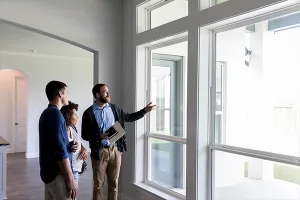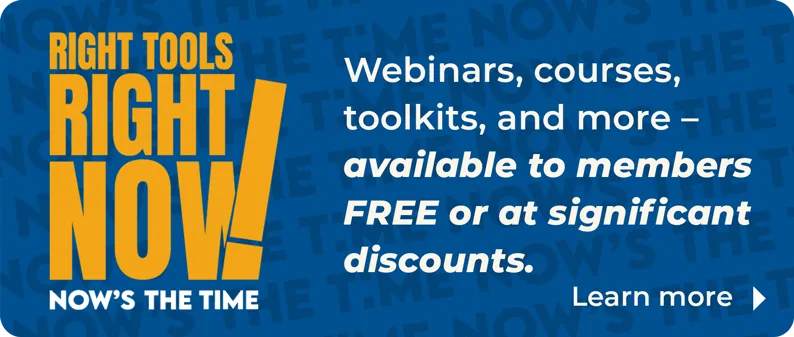U.S. long-term mortgage rates rose this week but remain near historic lows, as the economy is recovering with more Americans getting vaccinated against the coronavirus. Freddie Mac reported today that the average rate on the 30-year fixed rate home loan inched up to 3.02% from 2.97% last week. Expect mortgage rates to increase further in the upcoming weeks but at a slower pace. NAR is forecasting the 30-year fixed rate to average 3.0% in the first half of this year.
These low mortgage rates have helped many would-be homebuyers to achieve their American Dream and purchase a home. While existing-home sales are rising to levels before the Great Recession, the demand for new homes also surged 4.3% in January, confirming that the housing market remains one of the strongest sectors of the U.S. economy.
However, both pending home sales and mortgage applications are losing steam due to the lack of supply of homes. Inventory continues to fall to record lows. Housing supply is definitely one of the main concerns for the real estate market. In fact, there was a housing shortage even before the pandemic hit last March. As the data shows, housing inventory has not been able to meet housing demand for the last 9 years, pushing up home prices. Specifically, home prices rose 97% while inventory dropped 55% since 2012.

As a result, many would-be buyers have left empty-handed. Although mortgage rates are historically low, housing affordability has weakened due to limited inventory. For instance, a household earning $100K can afford to buy 62% of homes currently listed for sale compared to 65% a year earlier. Meanwhile, active listings in January dropped by 43%, according to realtor.com®. Specifically, there are nearly 445,000 fewer homes available for sale. Thus, back to our example, households earning $100K have fewer options due to both lower inventory and lower affordability. In fact, there are nearly 370,000 homes that households earning 100K can currently afford to buy across the country. In contrast, the same households could afford to buy about 680,000 homes a year earlier.









